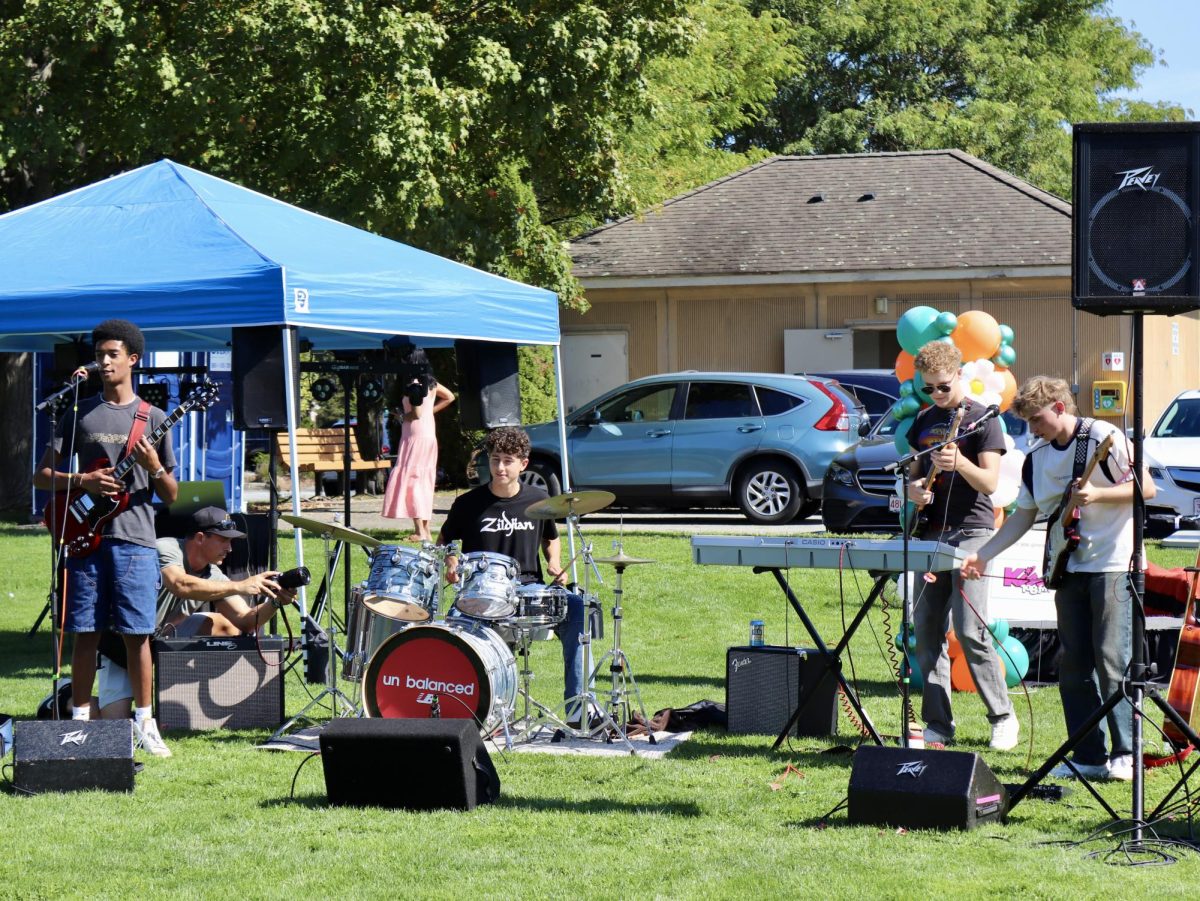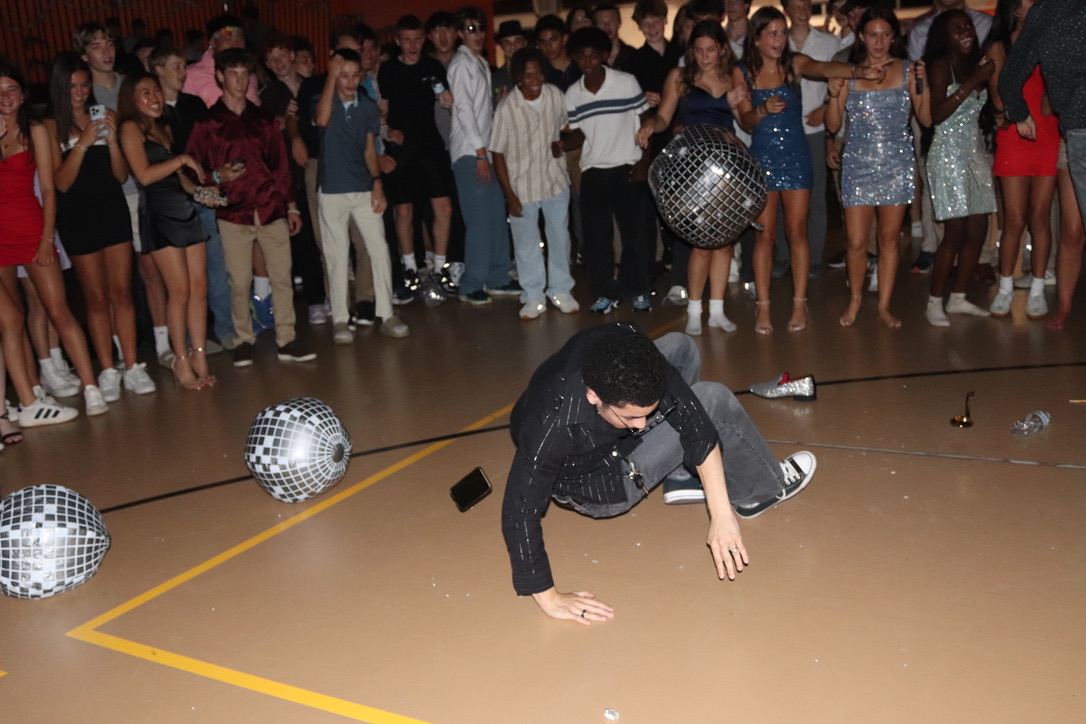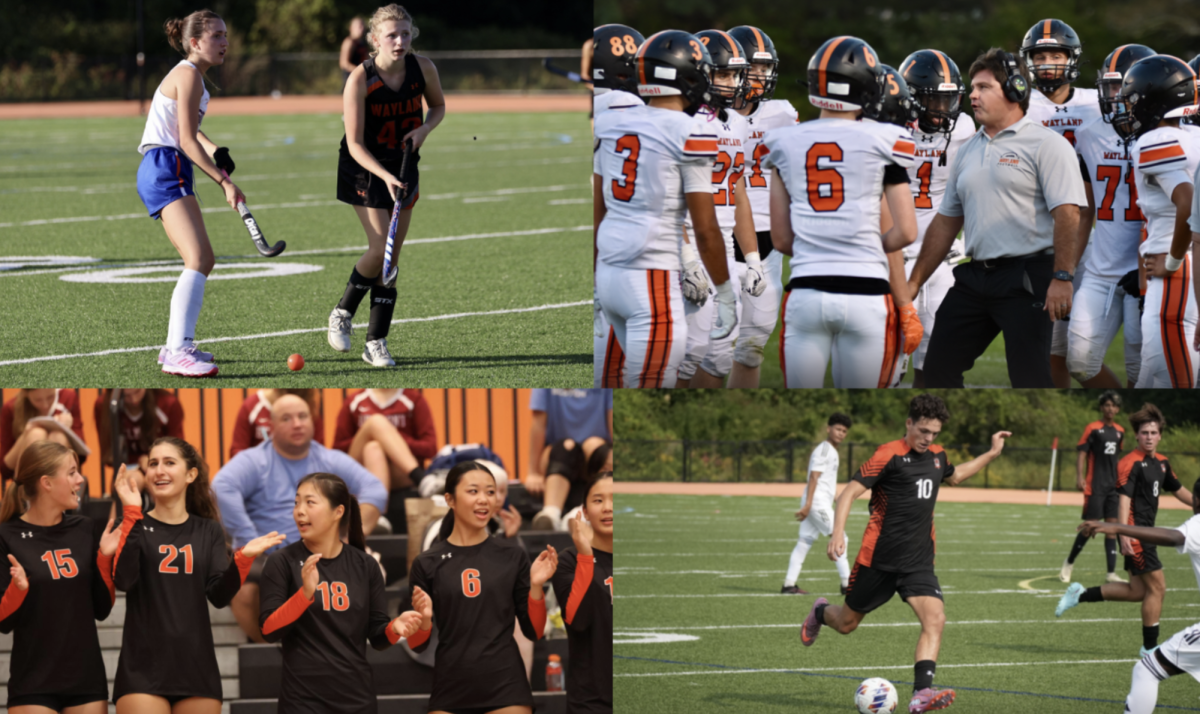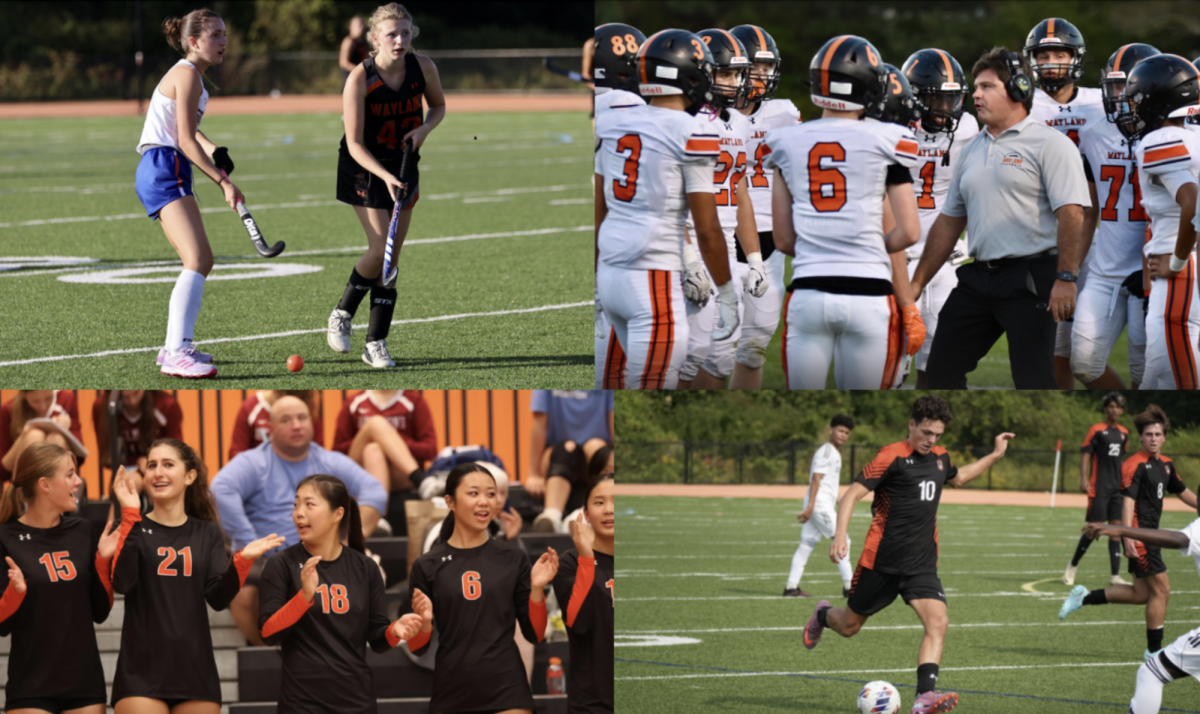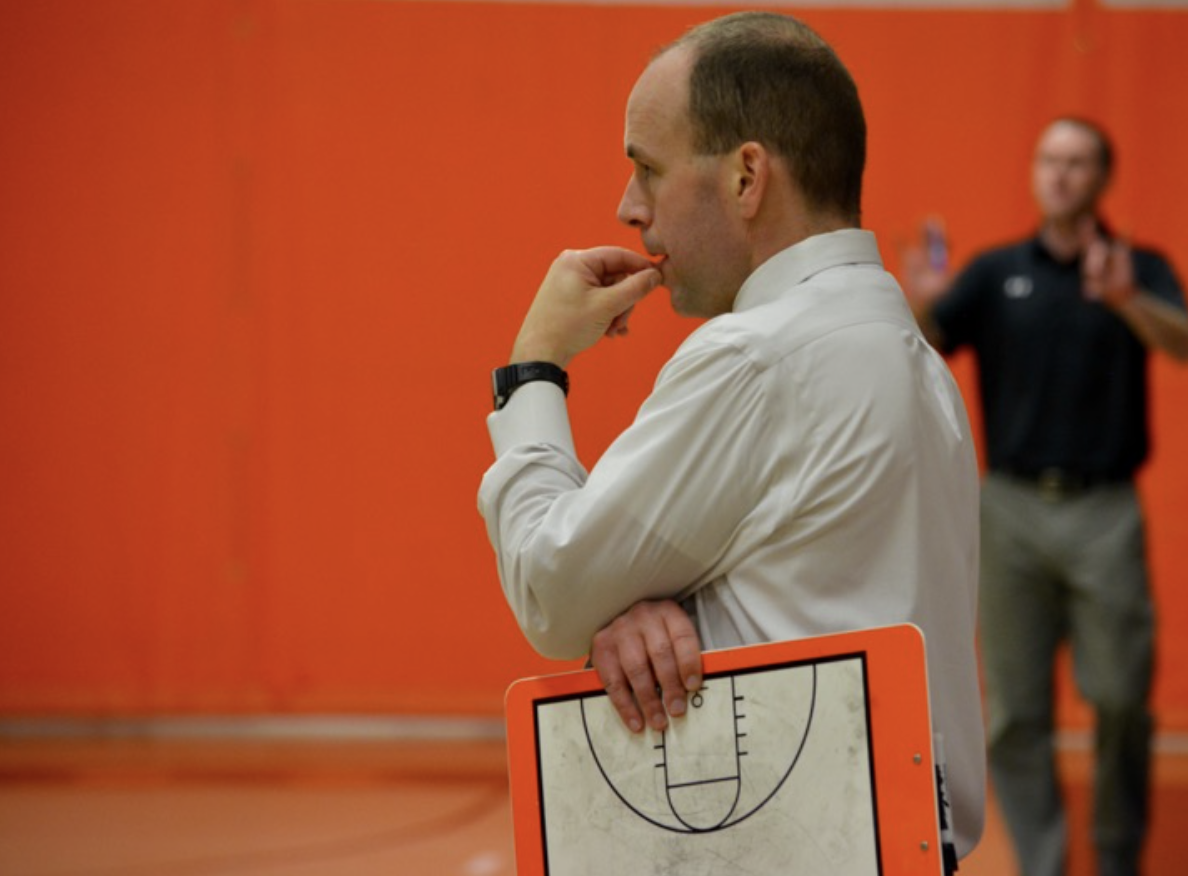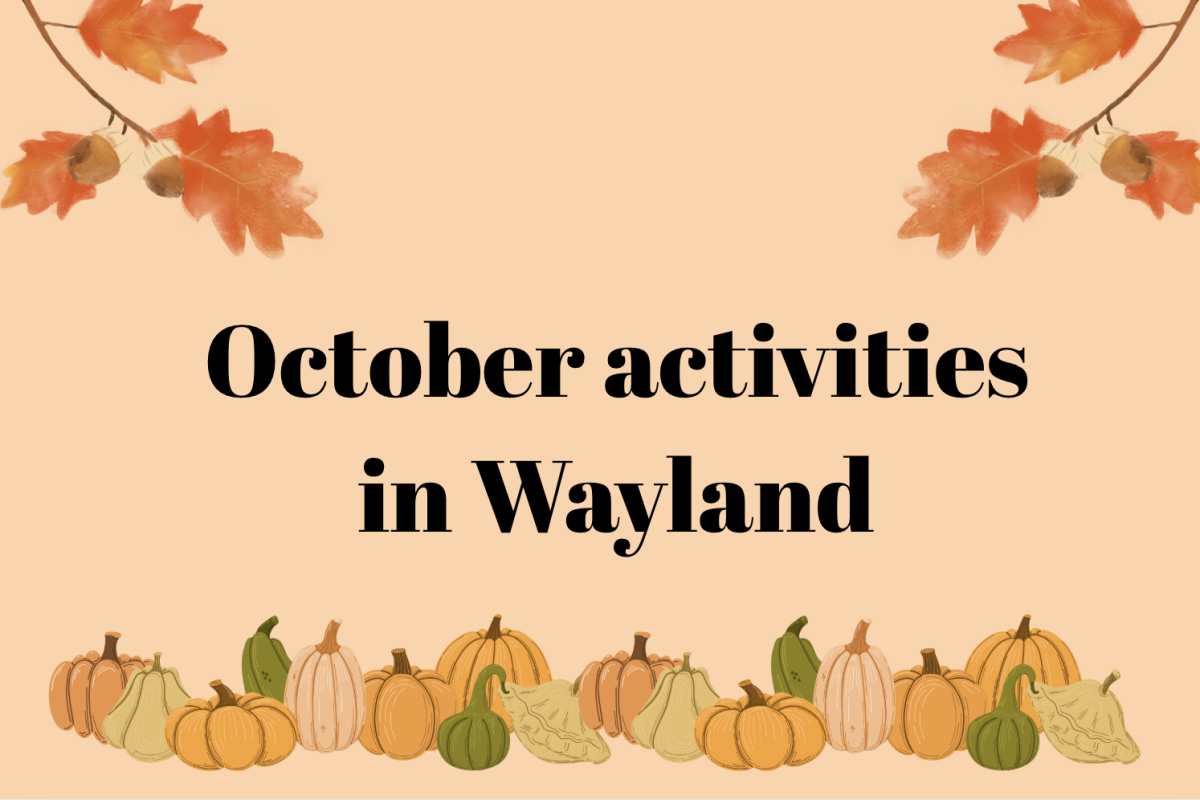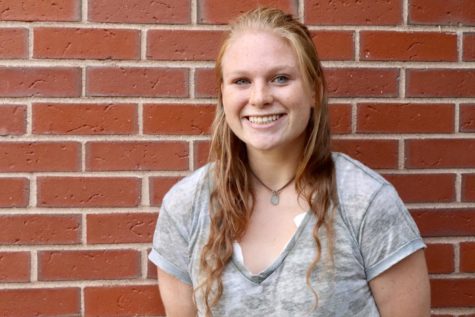ALICE drill to be held at WHS
Credit: WSPN Staff
An ALICE drill will be held at WHS on Thursday, October 19. “We think it’s very important to involve everyone in the drill and in reviewing the protocol. If something were to ever happen, we are prepared school-wide to respond in the safest way we can,” WHS Principal Allyson Mizoguchi said.
October 18, 2017
This Thursday, Oct. 19, the ALICE drill will take place at Wayland High School. The session should last about ten minutes for two scenarios at the beginning of block 2. ALICE, which is an acronym for Alert, Lockdown, Inform, Counter, Evacuate, is a national plan that aims at training students and teachers to react and stay safe in the case of a violent intruder. This drill is organized in collaboration with the Wayland Police and Fire Departments, as well as the school administrators.
“We have been extensively training the staff to understand how the protocol works and to think about how to respond to specific emergency situations. We think it’s very important to involve everyone in the drill and in reviewing the protocol. If something were to ever happen, we are prepared school-wide to respond in the safest way we can,” WHS Principal Allyson Mizoguchi said.
For Mizoguchi, it is also very important to train the students regularly to prepare them at best.
“It’s been two years since we’ve had students involved in the drill like we’re doing this week. We’re taking an opportunity to lay it out first in advisory and think about some scenarios. Then [we will do] the walk through the drill on Thursday. In the future, we’ll do it more regularly, and that way, it becomes more normalized, [and] students will feel more familiar and confident with the protocol,” Mizoguchi said.
Wayland Youth Police Officer Shane Bowles explained how the drill varies from each school level.
“[At] the elementary schools we don’t use the words intruder or armed people, but [at the middle and high schools] we can since [students] are older, so we’ll be a little more realistic. [At the other schools] it’s more a safety drill, and we don’t really get into the logistics. The middle school and high school simulations have more of a realistic situation,” Bowles said.
Although preparation is essential, Mizoguchi agrees it can be nerve-wracking for some.
“It can be a very impactful experience for both students and adults. In order to prepare ourselves, we all have to think kind of scary thoughts, and that is not fun, and it’s not something that we want to do. Guidance will be available [to] to talk through things with students if there are questions about the protocol or the unknown that we’re certainly happy to quell any anxiety through more conversation with students,” Mizoguchi said.
As Mizoguchi claims, the ALICE drill requires specific planning for the simulation to run smoothly.
“There are multiple steps, and it’s building on what we’ve done in years past. First and foremost, we wanted to make sure that the staff felt comfortable with the protocol, and had an opportunity to think through some intellectual drills. We’ve also gone through a training with all of the teaching assistants, and we’re going to be working with some other adults in the building as well to review the protocol because this impacts everybody. We also wanted to make sure that parents were aware, so I wrote a piece in the newsletter earlier this month just explaining ‘here’s what ALICE is, here’s why we do it,’” Mizoguchi said.
In Bowles’s opinion, the presence of the police and fire officers is essential to assist the process of such a plan.
“We do that on purpose so they can see what you guys are going to do and where you’re going to be. We also have protocols we follow, so if they can actually see how the drills are run, and as a team–we’re all basically one big team, the police, fire, DPW, the other towns–we will do better with more people as far as planning goes,” Bowles said.

![During the WHS club fair, senior Molly Bergeron is watching a student sign up for her club, Eliza J. Norton Foundation. In this club, students meet every week and come up with ideas to spread the message. "[This club] really touches a lot of people in the town," Bergeron said.](https://waylandstudentpress.com/wp-content/uploads/2025/10/IMG_1335-1200x800.jpg)

